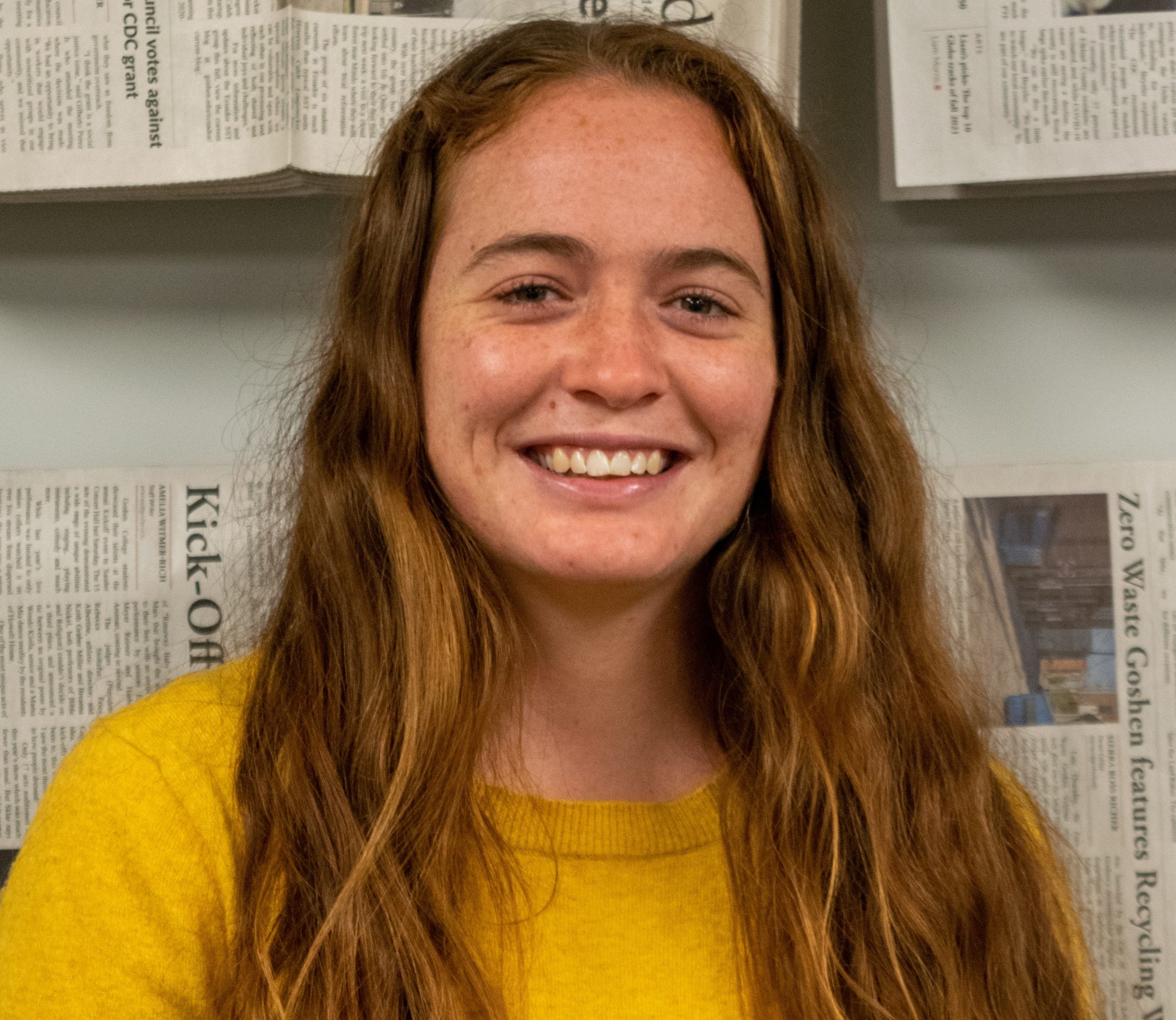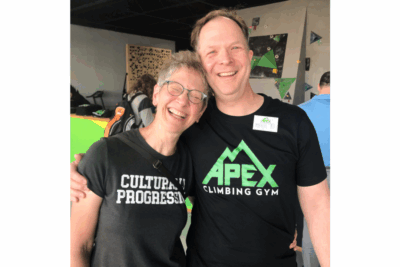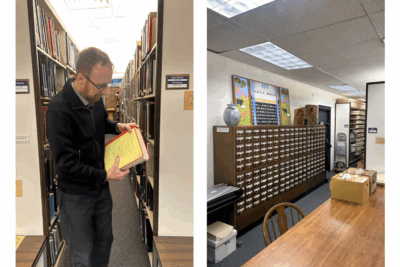Garbage isn’t a subject most people consider exciting. It’s dirty. It smells bad. And we usually don’t talk about it very often.
But at a gathering I attended last Thursday, trash was the topic of conversation.The guest speaker at the first Sustainable Living Series gathering was John Bowers, the director of the Elkhart County Landfill. The purpose of the discussion, which was attended by over 20 college students and community members, was to learn about what actually happens to the trash we produce after it’s whisked away in a garbage truck.
My interest in trash began almost exactly seven months ago. I was biking through Illinois on my cross-country bike trip, when a couple of miles from camp, my group passed a sign. “Scott Area Landfill,” the sign read, and an arrow pointed to the right.
One of my friends steered his bike in that direction, and I followed.
We pedaled past some signs, through an open gate, and by an office building. Signs with arrows read “trucks this way,” so we followed them and started to climb.
I knew any moment we were bound to run into a shut gate, or a guard barring our path. So when, after a few minutes of climbing up the now-sandy road, we popped out on top of the landfill, I was shocked.
The view from the top of the highest point in the county was spectacular. Green fields and forests stretched out in every direction. But my immediate surroundings were even more stunning: under my tires was a dangerously soft mixture of dust, plastic and ground-up roofing tiles. Dump trucks and pickups unloaded their cargo, and heavy machines worked noisily to pack the garbage into the mountain.
The moment was too surreal to last.
“How did you get up here?” A man called from a golf cart that had pulled up beside us. “Go back down immediately!”
Before leaving the Scott Area Landfill, my friends and I learned all about its operation from a few of its managers and even got a personal tour of the site in the director’s truck.
As I pedaled back onto the main road later that afternoon, I knew two things: one was that the people who run landfills can be a lot more interesting and environmentally-minded than I thought.
The second was that I wanted to learn more about all of the physical systems that keep our society running.
It’s easy today to go through life without ever knowing how many of our basic needs are met. Where is our food grown? Where does our drinking water come from? Where does our wastewater go? And what happens to our trash once it makes it to the landfill?
What I learned from those at the Scott Area Landfill, and from John Bowers at the gathering on Thursday, is that waste management is a complicated and really interesting topic.
Yes, landfills could do a lot more to reduce harm to the environment. But so could educating people first-hand about the systems we all depend on.
After my visit to the Illinois landfill, a process that once seemed mysterious and daunting now seems like something I can learn to understand, talk about and maybe even help to change.




